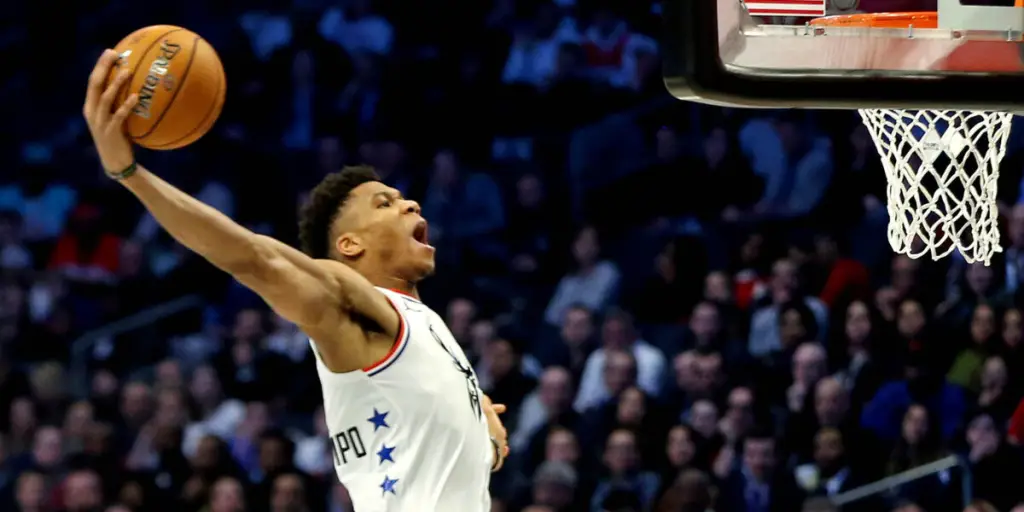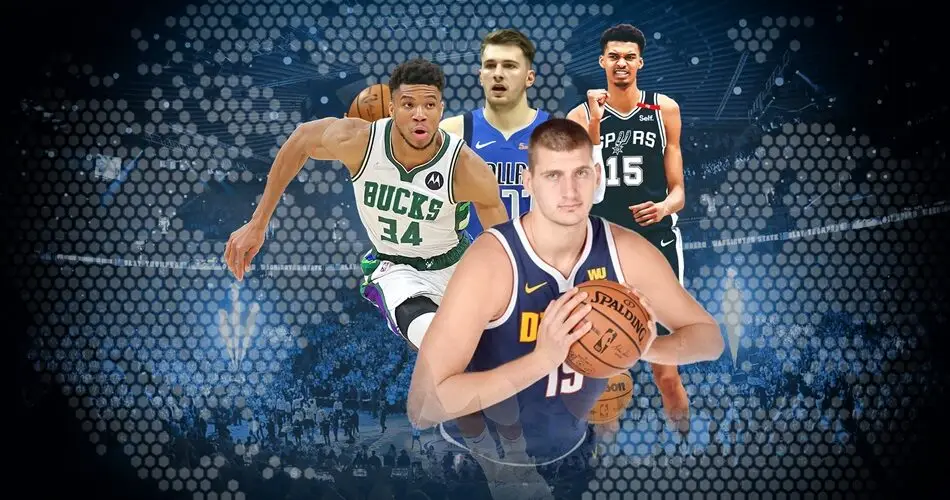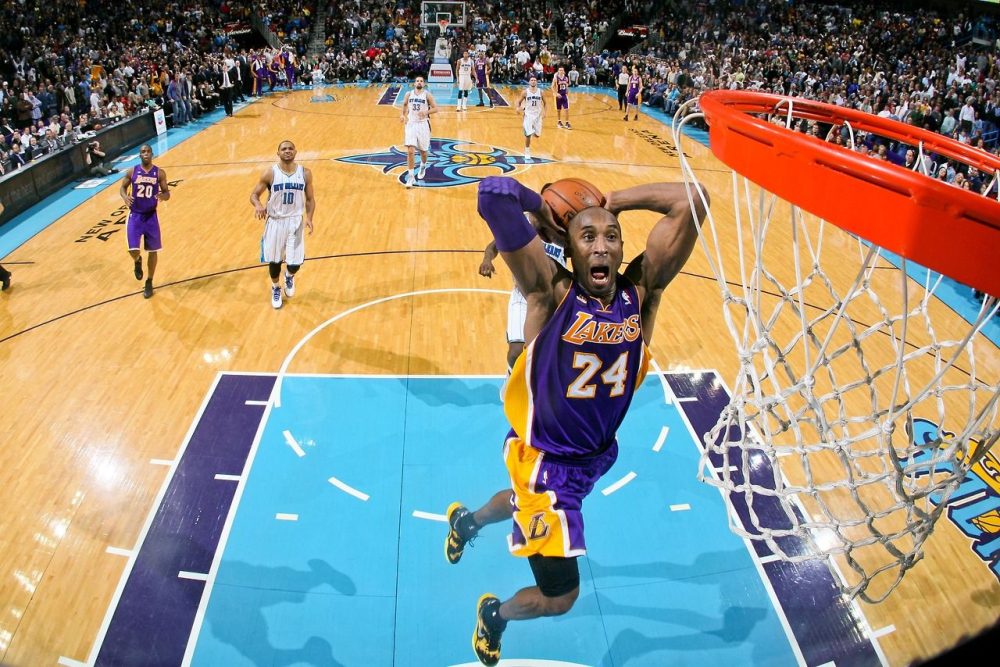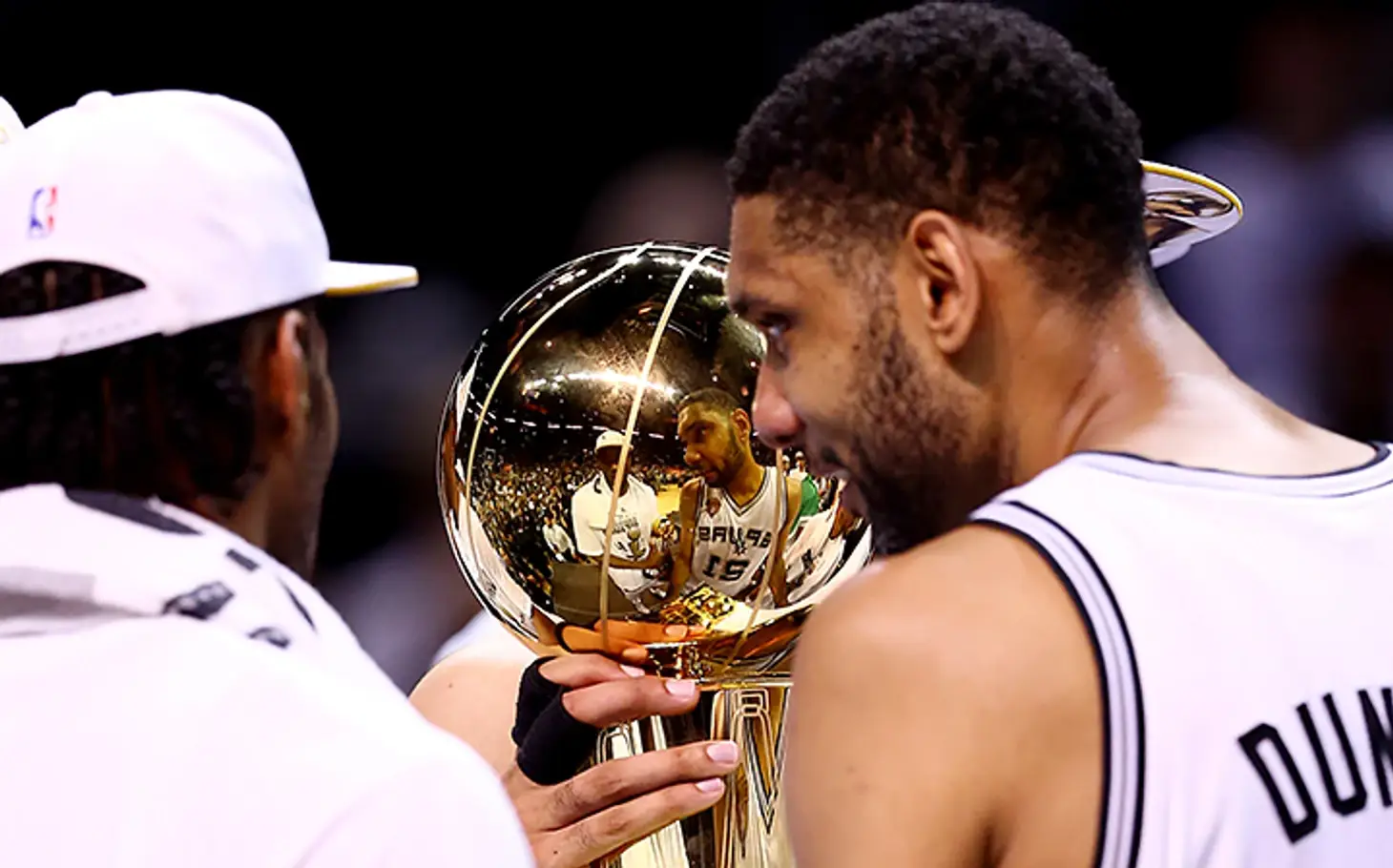The National Basketball Association has long since evolved from a US league into a global phenomenon. Millions of fans around the world tune in to the broadcasts not for entertainment, but as a ritual. The arenas where the games are played become theaters. Players are idols. To understand the NBA, one must understand the league’s structure, history, cultural influence, and unique aspects, not as a sporting event, but as a social phenomenon.
History of the NBA: From Local Championship to World Stage
What is the NBA without understanding its origins? The league was formed by the merger of several regional tournaments. The idea was to create a structure that would maintain public and sponsor interest and transform basketball from a chaotic spectacle into a spectacular championship. The league’s evolution has gone through several eras, from the dominance of major centers to the rise of teams from less expected cities. Each decade brought new heroes, new rules, and new styles. The introduction of the three-point shot, the rise of athleticism, the media revolution—all of this has become part of the league’s DNA.
What is the NBA and how does it work: Season, teams, and structure
 To understand how the NBA works, you have to imagine the season as a sequence of three phases: the regular season, the playoffs, and the Finals. Each team plays 82 games, earns points, and establishes a standings.
To understand how the NBA works, you have to imagine the season as a sequence of three phases: the regular season, the playoffs, and the Finals. Each team plays 82 games, earns points, and establishes a standings.
Formation:
- How many teams are in the NBA? Thirty teams participate in the tournament, divided into two conferences: Eastern and Western. Each conference is divided into three divisions. This system allows us to distribute the schedule and create the playoff tournament grid in a logical and competitive way.
- Competitive format: The playoffs are the culmination of the season. Best-of-seven series make every game a drama. The conference winners meet in the Finals, and the moment decides the champion. Every game becomes not just a game, but a pivotal episode in a journey spanning several months.
Legendary NBA Teams: Iconic Clubs That Have Left Their Mark
What is the NBA without legendary franchises? Some clubs have become not only sports organizations but also cultural icons. The teams’ success stories, their transfers, and dynasties have taken them beyond the tennis court into the realms of cinema, fashion, music, and gaming.

Examples of Basketball Dominance:
- The Chicago Bulls of the 1990s changed the perception of basketball. Their hegemony is associated with the name Michael Jordan, and the club’s brand has established itself worldwide.
- The Los Angeles Lakers have won titles across multiple generations. Lineups featuring Johnson, Bryant, O’Neal, and LeBron have built a Hollywood-like reputation.
- The Boston Celtics hold the record for most titles in the first half of league history. The team is respected as a keeper of tradition.
- The Golden State Warriors modernized their game in the 2010s, shifting their philosophy toward three-point shooting and pace. They didn’t just win, they set the tone.
Each of these franchises left its mark on fans. Legendary NBA teams set trends and dictated the aesthetic language of basketball.
Famous NBA Players: Heroes of a Generation
The NBA is first and foremost made up of its players. The world’s strongest athletes choose the league as an arena for maximum competition. The heroes of a generation don’t just win, they create eras.

Icons of Different Eras:
- Michael Jordan is a symbol of determination and the perfect balance between athleticism and technique.
- Kobe Bryant is the embodiment of the winning mentality; the “Mamba Mentality” has become a philosophy that transcends sports.
- LeBron James is a versatile player who combines the roles of point guard, center, and leader.
- Stephen Curry is a revolutionary who turned the three-point shot into a dominant weapon.
- Shaquille O’Neal was a giant who destroyed baskets and protected the court like a fortress.
Famous NBA players have influenced millions of young athletes and set standards they have and continue to look up to.
What is the NBA in terms of show and media?
Every game becomes a performance. Light shows, mascots, musical accompaniment, and special effects transform an ordinary game into a show format. The arena is not just a meeting place, but a stage for national attention. The league is actively developing digital broadcasts. Mobile apps, VR streaming, statistical panoramas – all of this makes basketball viewing interactive. Social media presence, brand collaborations, podcasts – marketing turns athletes into global influencers. What is the NBA for young people? It’s style. Basketball dictates fashion: from sneakers to slang. Music, street culture, social projects – all of these areas are closely linked to the league’s image. The NBA shapes tastes, values, and even protest manifestos.
Rules and Structure: How the Championship Works
Each season consists of 82 games. This is followed by a play-in tournament (battle for the last playoff spots) and then the finals. The champion receives not only a title but also rings. Each of these is a symbol of the elite, the equivalent of a gold medal.
The game lasts 48 minutes and is divided into four quarters of 12 minutes each. Five players from each team are on the court. Each game is scored based on the number of points scored for hits: 1, 2, or 3 points. Players are divided into defensemen, forwards, and centers. Strategies include picking, isolation, zone defense, interceptions, and fast breaks. The tactical level is comparable to a fast-paced game of chess.
Financial and Organizational Model
How is the NBA doing financially? A rigid salary structure with “cap space” and a “luxury tax.” The league regulates spending to maintain balance between clubs. Every summer, there is a draft in which clubs select players from colleges and international academies. Priority is given to the teams with the worst records, ensuring the league is refreshed and maintains excitement. Player exchanges between clubs are an important strategic tool. A successful transfer changes the entire season. Contract management, negotiations, agents – the NBA’s internal processes require a level of management comparable to that of a corporation.
Influence beyond the USA
The league has long since ceased to be an American monopoly. What is the NBA today – a global composition. Europeans, Africans, Asians, Canadians, and Australians play in the starting lineup, receive MVP awards, and become stars. Games are broadcast in dozens of countries. Broadcasts are adapted to the respective languages, local communities are established, and brands release club merchandise in different countries.
Facts:
- The NBA consists of 30 teams divided into two conferences.
- The regular season consists of 82 games.
- The winners receive a championship ring, and the team receives the Larry O’Brien Trophy.
- Top stars receive individual awards—MVP, Best Defensive Player, Rookie of the Year.
- To maintain competitive balance, the NBA maintains a strict salary cap.
- There is a draft every year to select young talent.
- The league’s popularity extends beyond sports: basketball players are frequent guests in films, music, and advertisements.
- The team with the most titles is the Boston Celtics, who rival the Los Angeles Lakers in terms of the number of titles won.
- Players who retire from the NBA are inducted into the NBA Hall of Fame.
- The culture of dunks, basketball sneakers, and street style has made its way from the NBA to the global stage.
What is the NBA in the 21st century?
 The National Basketball Association is more than just a sports organization. It’s a cultural code. A synthesis of sports, showmanship, business, emotions, and meaning. What is the NBA? A story about dribbling and passion, about statistics and inspiration. Basketball has long since ceased to be a game with a basket. It has become a stage where legends unfold.
The National Basketball Association is more than just a sports organization. It’s a cultural code. A synthesis of sports, showmanship, business, emotions, and meaning. What is the NBA? A story about dribbling and passion, about statistics and inspiration. Basketball has long since ceased to be a game with a basket. It has become a stage where legends unfold.
 en
en  de
de  ar
ar  es
es  hi
hi  fr
fr  nl
nl  it
it  pt
pt  el
el 



